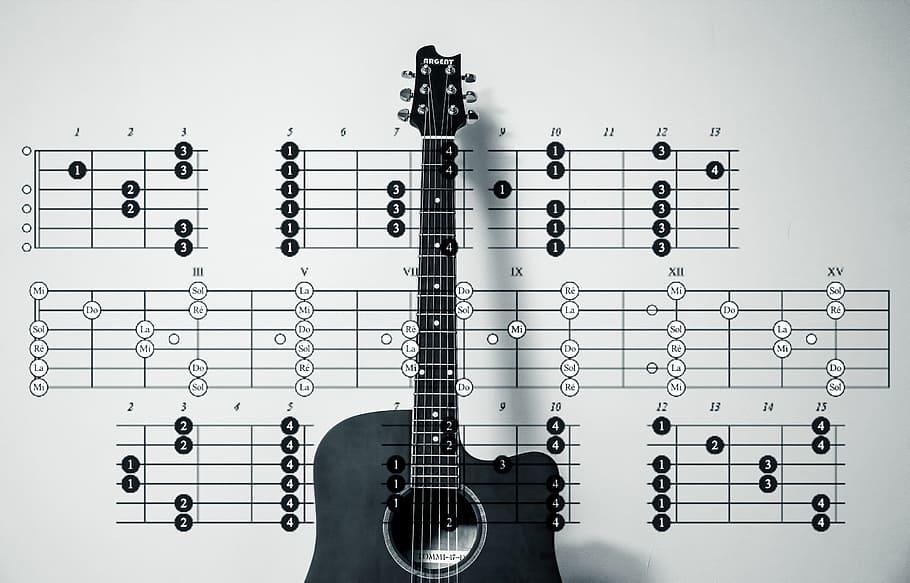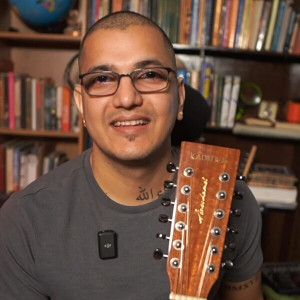There are three parts to music. These include rhythm, melody, and harmony. Chords and the simultaneous playing of more than two notes are examples of harmony. Everything hummable, including riffs and lead ideas, is considered melody. The definition of "rhythm" is obvious. All are important, but rhythm incorporates everything a musician may ever do. The emphasis on harmony and related themes, like chord playing, chord voicing, and triads, is peculiar. Additionally, there is a great emphasis on melody, particularly on scales, but not on how to add fantastic, sensual, tight, and quick grooves to the material that comes before.
Unpleasant as it may sound, strumming separates great guitarists from average guitarists. Few people realize that proficient and creative guitar playing requires vigorous strumming. You can play all of the basic chords, as well as some of the more challenging ones. However, if you can't make things sound decent, they are pointless. One of the most difficult barriers for beginners to overcome is strumming. People will perceive you as a beginner in about a half-second if your strumming is stiff and awkward.
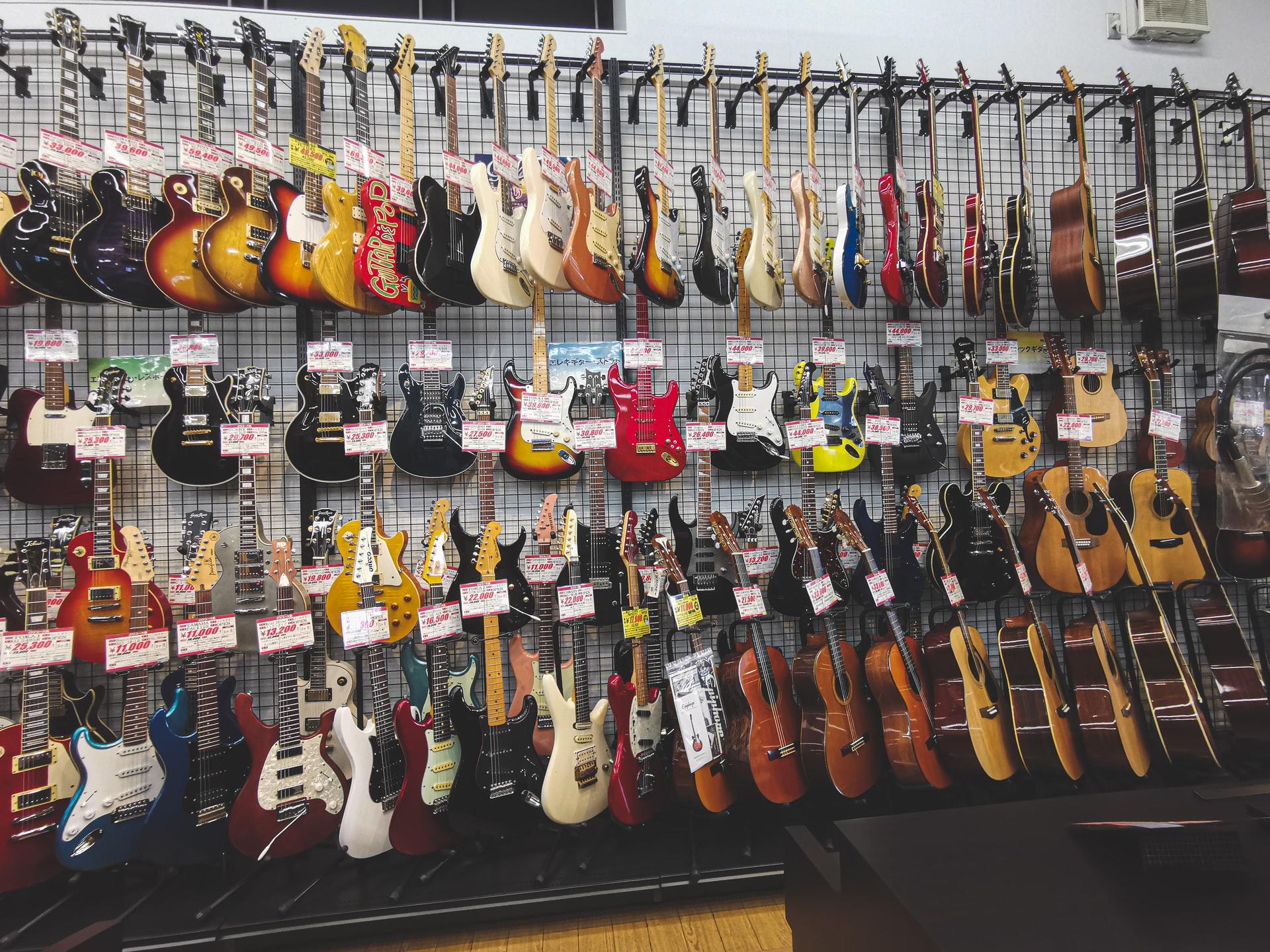
The idea that you can only be a lead or rhythm guitarist is a frequent misconception. In contemporary music, the terms "lead" and "rhythm" are all but meaningless. Depending on the song, the majority of artists combine both techniques. Today, being a strong lead and rhythm guitarist are prerequisites for being a great guitarist. Without further ado, here are some tips for honing your rhythm guitar technique.

The Importance of Strumming
Every guitarist should become proficient in strumming and rhythm guitar as a whole. Being able to play chords well is a necessary prerequisite to becoming a proficient guitarist. After all, guitarists will typically devote the majority of their attention to rhythmic tasks in most genres. Strumming is a major component of many musical genres, and there are some musicians who excel at it in particular ways. For a sophisticated and energetic sound, funk guitar largely relies on 16th-note strumming, blending chords with ghost notes and syncopation. Additionally, it is a crucial component of the acoustic or folk guitar, the foundation of many rock ballads, and the "bed" over which other instruments are placed while being recorded.
Picking the Right 'Pick'
When it comes to strumming, there are a few things to keep in mind. The first decision is whether to use a guitar pick at all or what kind to use. The 'give' in a lighter pick (say, .060mm) lends itself better to strumming, as it makes things a little simpler to play and gives a brilliant percussive 'shimmer' to the sound, even though a heavier pick (say, 1mm or more) is great for precise and articulate single-note plucking. Some musicians forego using a plectrum altogether and instead favor the side of their thumb or the backs of their fingernails. It's crucial to try out every possibility because you never know which methods would work best with which genres or styles.
Physical Aspect of Strumming
The physical component of strumming is another thing to take into account. For a fluid and even attack, good strummers frequently play from the wrist while keeping it smooth and loose. Naturally, the elbow contributes to some movement, but the wrist moves most frequently. Of course, every musician has their own style, so take some time to research the rhythm guitar techniques of some of your favorite musicians.
Tips to Improve Rhythm on Guitar
Study Music Theory
Bringing the drummer, bassist, lead guitarist, and singer together to create an ensemble that sounds clear, tight, and coherent is the art of rhythm guitar. Think of it as a link between the melodic leads—vocals, synthesizers, or lead guitar—and the traditional rhythm section—typically composed of drums, bass, and, in some genres, piano. These two sections will sound out of sync if the rhythm guitar isn't playing properly, but if it is, it may cover up any inconsistencies and make the entire band seem flawlessly in tune.
Therefore, a great rhythm guitarist needs to have a keen ear and understand the rhythmic and melodic progressions of each instrument in the ensemble. To do this, you must listen to everything you can, including genres in which you don't typically perform, and pay attention to how different instruments interact with one another in addition to just hearing the music. In order to connect everyone's ideas and abilities, a great rhythm guitarist must quickly analyze the notes, scales, and chords that everyone is using. Without a firm grasp of music theory, you won't be able to comprehend how notes and chords blend into a melody.
Timing is Everything
As a rhythm guitarist, your timing and feel must be flawless. You must practice becoming a rhythm machine because of this. Even though it is unreasonable to expect everyone to practice for eight hours every day, if you want to be great, you must play frequently in order to develop a solid and accurate sense of rhythm. To speed up your performance, use a metronome to practice playing the same rhythms at various BPMs.
You and the metronome must develop a good friendship if you want to be a guitarist who stands out in their approach to playing their instrument. The good news is that, with enough click practice, you will be able to play with an even pulse even if you are not using a metronome. The use of a click can be substituted by a drum machine. The fundamental objective of using a metronome or drum machine is to give you, the musician, guidance as you improve your timing.
Learn guitar with online guitar classes.
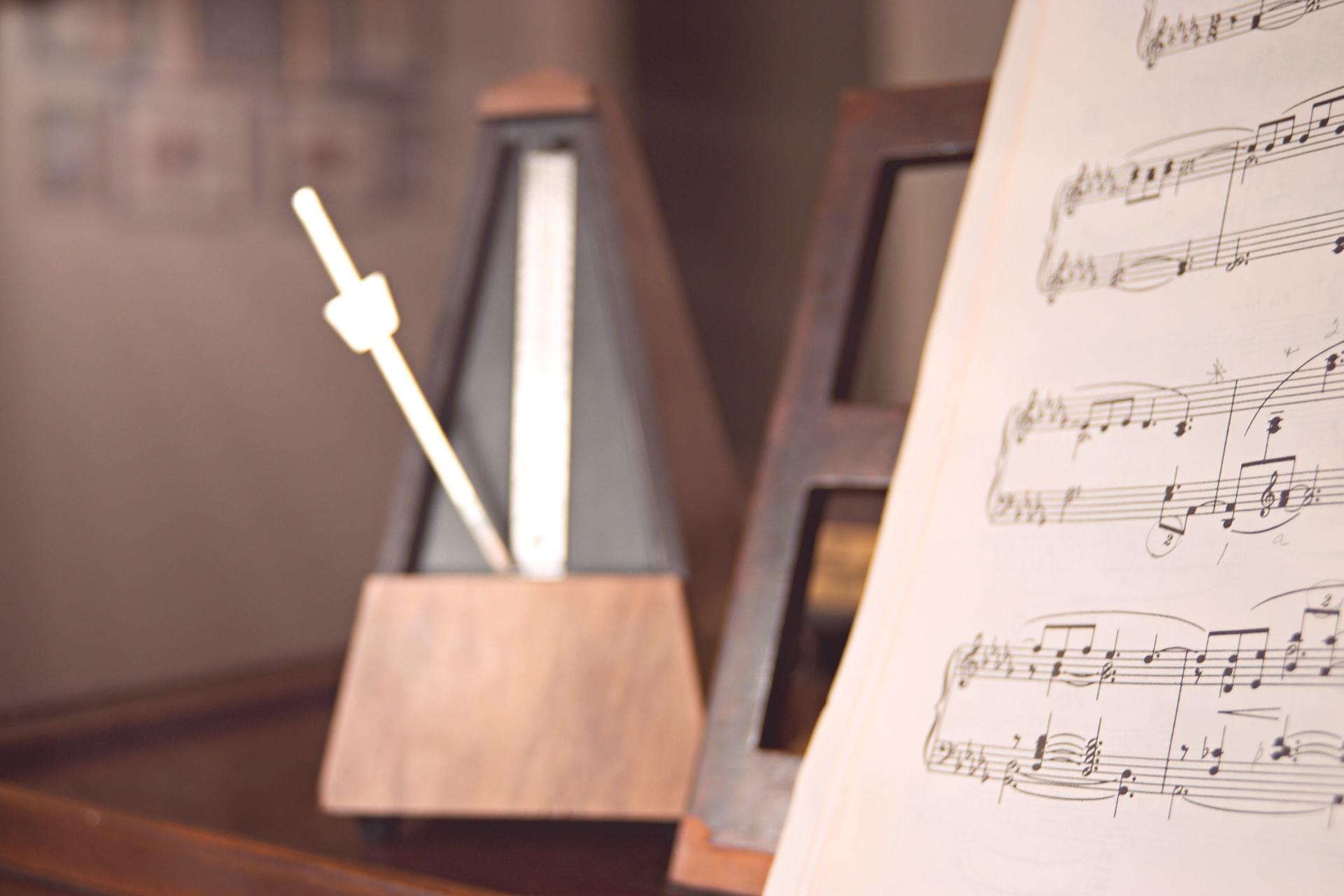
The Details are in the Sub-divisions
All music is composed of sub-divisions. Simply put, sub-divisions comprise the process of breaking up a beat into smaller pieces. For instance, a quarter note is a note that lasts one beat, whereas an eighth note is a note that lasts two beats. There are many different methods to break up beats, but playing 1, 2, 3, and 4 notes per beat is the most crucial to master at first. You can eventually learn to play six notes for every beat.
Learn Strum Patterns
Essentially, strum patterns are rhythms played on the guitar. Yes, there are many subtle additions to the rhythm when strumming, such as accents, percussive hits, bass note strumming, embellishments, and more, but at its core, every strum pattern you are familiar with is simply the application of a rhythm to the guitar. Learning a range of standard strum patterns that you may call upon at any time will help you creatively improve both your rhythm and strumming.
Record Your Practice Sessions
Have you ever created an amazing guitar lick that you promptly forgot the next time you picked up your instrument? The best way to permanently get rid of that feeling is to record your sessions. A wonderful way to hear your band from a distance is to record band sessions. This will allow you to assess and improve how well you blend with your band. Self-recording has the benefit of being truthful with you. It is a form of constructive criticism given by a machine as opposed to a person! Your ability to step back and highlight what the other members of the band are doing while focusing on your time and technique will help you improve as a rhythm guitarist. You can advance as a guitarist and bandmate by devoting a few hours a week to this.
Try Different Rhythmic Patterns
It's common for people to fall into routines. We play particular rhythmic patterns because they are repeatedly reinforced by the music we usually listen to and play. Only three factors are within your control as a guitarist:
- The notes you play, including the key signature and scale
- The rhythm in which you perform them
- The tempo, or how swiftly you can play the notes
Many guitarists fail to realize that rhythm is more important than note selection. Even though three distinct scales played to the same beat will have somewhat varied sounds due to the constant rhythm, they will still sound like one continuous drone. Meanwhile, distinct rhythms characterize a wide range of styles and genres. The rhythmic pattern would determine whether you performed jazz, blues, rock, country, or anything other, even if you played the exact same notes orchards.
Jam with Other Musicians
The earlier you start jamming with other musicians as a novice guitarist, whether it's simply a casual jam session or starting a real band, the better. As a musician develops, the more people you can practice with, the better you'll get. Even if you've been playing professionally for a while, you shouldn't become used to just being able to perform with your main band. The easiest and most entertaining way to keep your skills sharp is to jam with other guitarists.
When jamming with someone, you frequently start with a chord progression or riff that you repeat before taking turns improvising solos. The key to success has consistently been the ability to maintain the riff with exact time. Using dynamics is one of the simplest ways to breathe new life into your playing, improve your rhythm, and keep listeners interested. When performing with another musician, pay attention to their dynamics and determine what they are attempting to convey musically.
Learn more about playing the guitar with guitar classes Pune on Superprof.
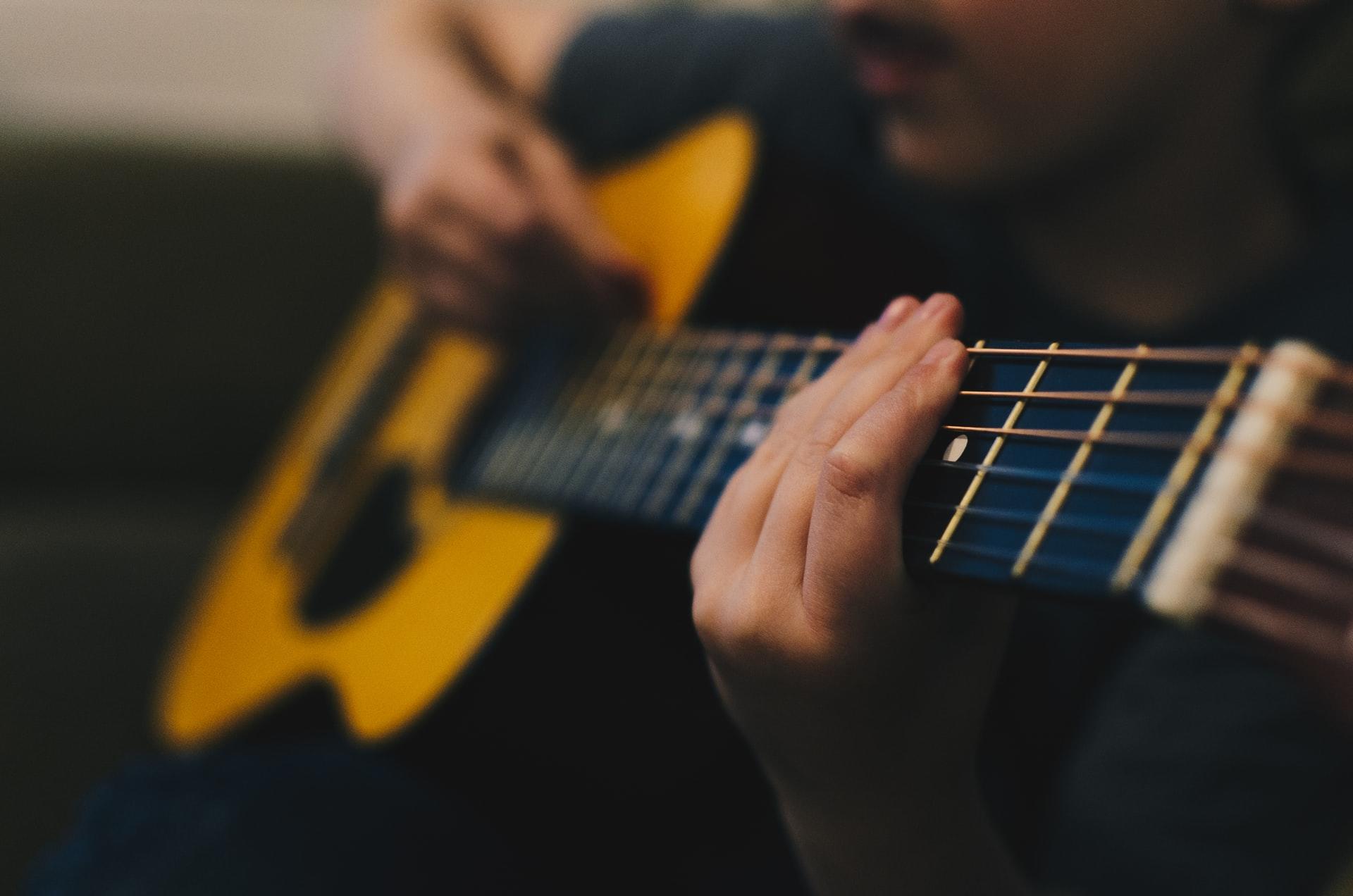
Practice Makes Perfect
Your main goal as you develop your rhythm guitar skills will be to make playing excellent rhythm guitar second nature. The only way to develop is through play, and there are many entertaining ways to practice. If it is possible, playing a little bit every day can help you automate your motor skills. Variety is important, but most importantly, make sure you're having fun. Change things up if they begin to grow monotonous.
We need to change the way we think about how we practice if we want to become better guitarists. so that we can place more emphasis on improving our rhythmic technique than on things like "ear training" or "learning the fretboard." Knowing rhythm puts you ahead of the game by a factor of two because it makes up half of your music. It is preferable to play one note with perfect timing and rhythm than to play multiple notes with sluggish timing. If the rhythm breaks, everything else will fall apart.
Learn all about guitar with guitar classes near me.

